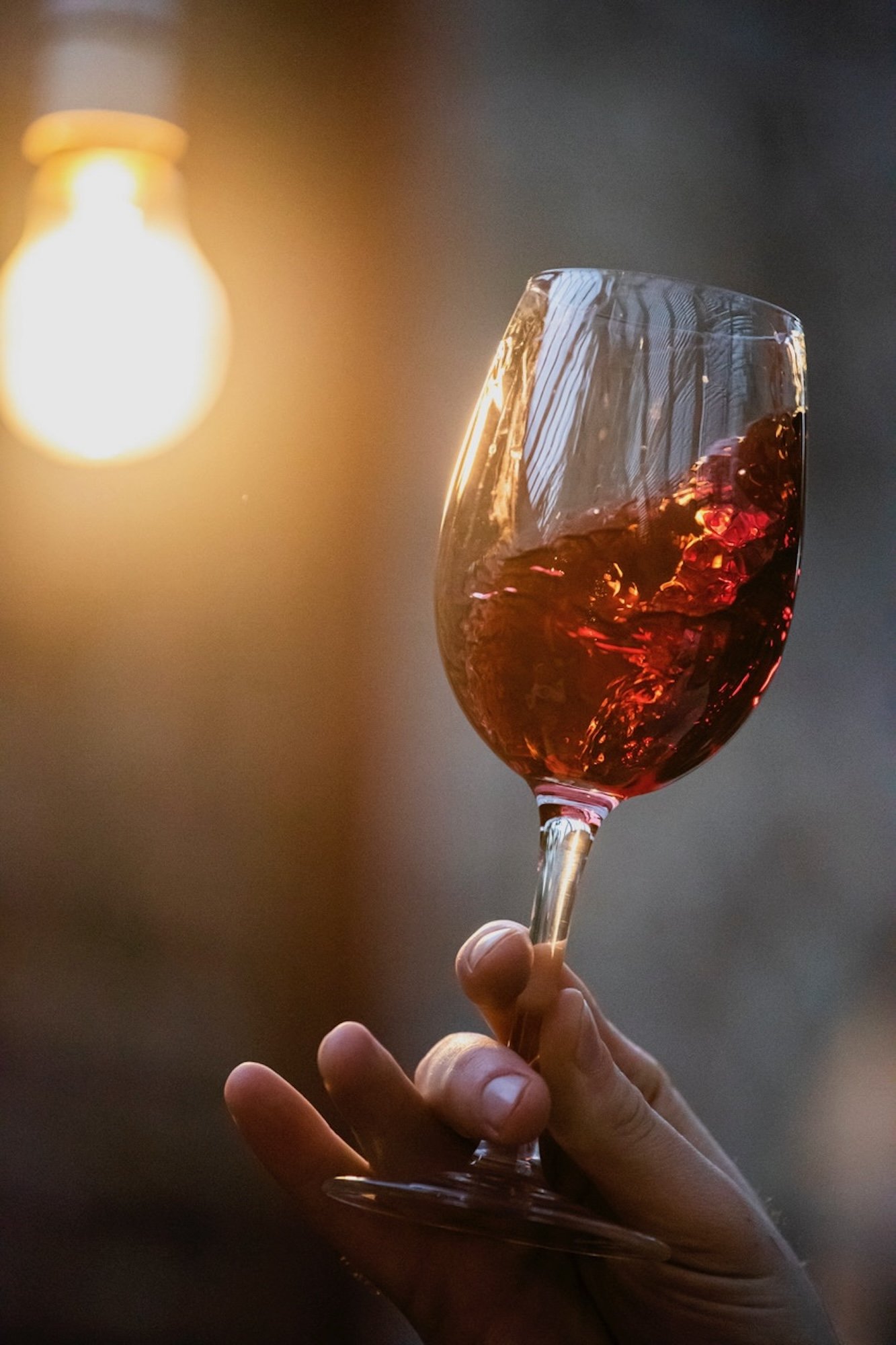Why Nebbiolo Lovers Should Be Drinking Grignolino
Grignolino
Sometimes called a “baby Nebbiolo”, Grignolino offers a similar flavor profile and structure but with less seriousness and more fun.
A humble grape known for making rosé and light red wines, grignolino is indigenous to Monferrato (ancient name: Monferace) in the Piemonte region of northern Italy. Light in body, but firm in tannins, this wine welcomes a slight chill and is remarkably food-friendly. The not so well-known, yet versatile, grignolino grape is worthy of exploring both on its own as an aperitif and with food pairings matching its approachable style. Either way grignolino shines in the glass.
The Nebbiolo grape is often referred to as the “King of Piemonte”. Langhe, Roero, and many other areas in Piemonte, hang their hat on Nebbiolo, but Monferrato is more diverse both in the vineyard and beyond. Hazelnuts and truffles are an important crop to the Monferrato area, where the wine grapes grown are more of an ensemble cast of characters versus one sole lead.
Castello di Gabiano cellar
Grignolino’s importance to the landscape of Monferrato is not new. “Cultivated since the year 1000, grignolino finds its territory of choice in the Monferrato, north east of Asti, up to the Casalese area” explains Guido Carlo Alleva, owner of Tenuta Santa Caterina. Castello di Gabiano inventory records show grignolino production since 1612. The area of Monferrato was designated a UNESCO World Heritage site in 2014 due to its “infernot”, ancient underground cellars dug into the sandstone or Pietra da Cantoni as it’s known in the area. The tunnels (some several meters underground) are impressive works of art built by country masons, who had only simple knowledge of architecture at the time.
Grignolino, The Grape
Grignolino grape clusters photo credit Sara Giorgelli
Tannins in grignolino are evident (even when young), but do evolve and integrate over time. The grignolino grape boasts a higher number of grape seeds than many other varieties, lending tannin structure to the wine. The origin of the grignolino name is debated. Some draw the connection to the word “grignole”, which in the Asti dialect means grape seeds. Others reference “grigné” the Piemontese word for smile.
In the glass, the wine boasts a light and bright ruby red color; sometimes so light in color, it can be confused for a rosé. Grignolino gives aromas and flavors of high-toned red fruits, pepper, and florals. A crunchy character is derived from the unique combination of tart red fruit notes, high acid, and tannins. When aged, the wine develops a pleasant spicy characteristic. “Aging smoothens the peppery notes, adds elegance and softness, without losing freshness” says Giacomo Cattaneo Adorno, chairman of Castello di Gabiano. Speaking of aged grignolino, “We uncorked magnificent vintages such as ’71, ’74, and ‘81.”
Grignolino Styles
Monferace tasting photo credit Sara Giorgelli
Established in 2016 with 12 founding members, the Monferace Association aims to promote oak-aged grignolino, a tradition of the Monferrato Aleramico area between the Po and Tanaro Rivers. In order to qualify for inclusion in the association and to be labeled “Monferace Grignolino”, the wine must be aged for at least 40 months, with at least 24 months in oak. Hillside vines must be planted on calcareous, silt, and/or clay soils. In the vineyard, a minimum of 4,000 vines per hectare with maximum yields of 7 tons/hectare. Members include Accornero, Alemat, Angelini Paolo, Castello di Uviglie, Fratelli Natta, Sulin, Tenuta la Fiammenga, Tenuta la Tenaglia, Tenuta Santa Caterina, Vicara, and Mario Ronco.
On the other hand, a lighter, fresher style of grignolino is also prevalent in the region. The wine is light in color and shines when served slightly chilled. Shares Francesca Bonzano, second-generation proprietor of the family-owned Castello di Uviglie, “What I like about grignolino is not only the beautiful ruby color, which resembles an aged rosé wine but also the rebellious acidity and astringency that it leaves in the mouth.” The acid structure lends itself to be enjoyed and paired with various dishes.
Food Pairings with Grignolino
Bagna Cauda Lombroso, CC BY-SA 4.0, via Wikimedia Commons
A lighter style of grignolino is the classic lunchtime red of Monferrato, ideal with simple salads and small bites. Served slightly chilled, grignolino earns comparisons to Beaujolais and other Gamay expressions. Serving as a foil to a platter of cured meats, grignolino shines as a welcome palate cleanser. Medium-bodied or oak-aged grignolino expressions pair expertly with fatty meats such as port, and fish-based dishes such as salmon, according to Alleva. Bonzano calls grignolino “A great pairing to fatty foods, such blue cheese, and Piedmontese “bagna cauda”, a warm sauce made with anchovies and garlic.”
Like many under the radar, indigenous grape varieties in Italy, the grignolino grape is both distinctive and versatile. Never rising to the top as the most respected grape of the area, Grignolino is a workhorse that stands on its own as both a light, bright, chillable wine or as a more serious, grounded oak-aged wine.





